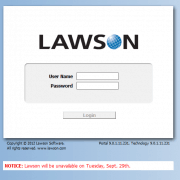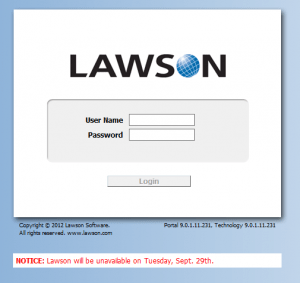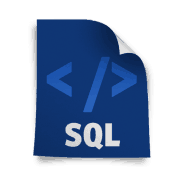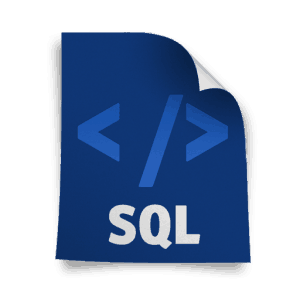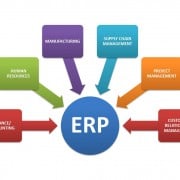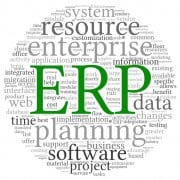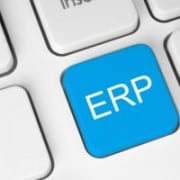The International Classification of Diseases (ICD) is used to code conditions for patient records and Health Statistics surveys. On October 1, 2015, the U.S. Department of Health and Human Services finalized the 10th revision to ICD codes: ICD-10.
While all injuries are treated and factors affecting health are no laughing matter, some ICD codes are simply too good to be true, yet can legitimately be reported to health physicians. We’ve compiled the top 10 funniest most ridiculous ICD-10 codes out there.
10. Hurt at the opera (Y92.253)
Does emotional pain classify as hurt at the opera?
9. Bitten by a turtle (W59.21)
There are many ICD codes for animal related injuries – struck by macaw, pecked by chicken, bit by cow – but the silliest one would have to be getting struck by a turtle. Unless it was a snapping turtle, those reptiles are almost harmless.
8. Walked into lamppost, subsequent encounter (W220.2XD)
Note that it says subsequent. It’s understandable to have that unfortunate encounter of walking into a lamppost once, but that’s more than any human being should have with lamppost encounters.
7. Fecal urgency (R15.2)
Sh*t happens.
6. Burn due to water skis being on fire (V91.07)
Two questions: Are water skis flammable? AND Why didn’t you jump into the water?
5. Bizarre Personal Appearance (R46.1)
This has Lady Gaga written all over it.
4. Sibling rivalry (Z62.891)
Better let your doctor know you fought over the remote at dinner time with your sister. It’s a serious medical condition that you missed Brooklyn Nine-Nine.
3. Unspecified event, undetermined intent (Y34)
Is that specific enough for you?
2. Sucked into jet engine, subsequent encounter (V97.33XD)
Again, keyword being subsequent. Can someone explain how it would be possible to survive being sucked into a jet engine the first time, and then being unfortunate enough to go through it a second time?
And the most ridiculous ICD-10 code out there is:
1 . Problems in Relationships with In-Laws (Z63.1)
If you or someone you know has been a victim of a relationship with their in-laws, help is available.
Here are some honorable mentions that didn’t crack the top 10, but are just as hilarious: parental overprotection (Z62.1), Injuted when knitting or crocheting (Y93.D1), Swimming pool of prison as the place of occurrence of the external cause (Y92.146), Morbid obesity due to excess calories (E66.01), Lips stuck to instrument (Y92.J4).



